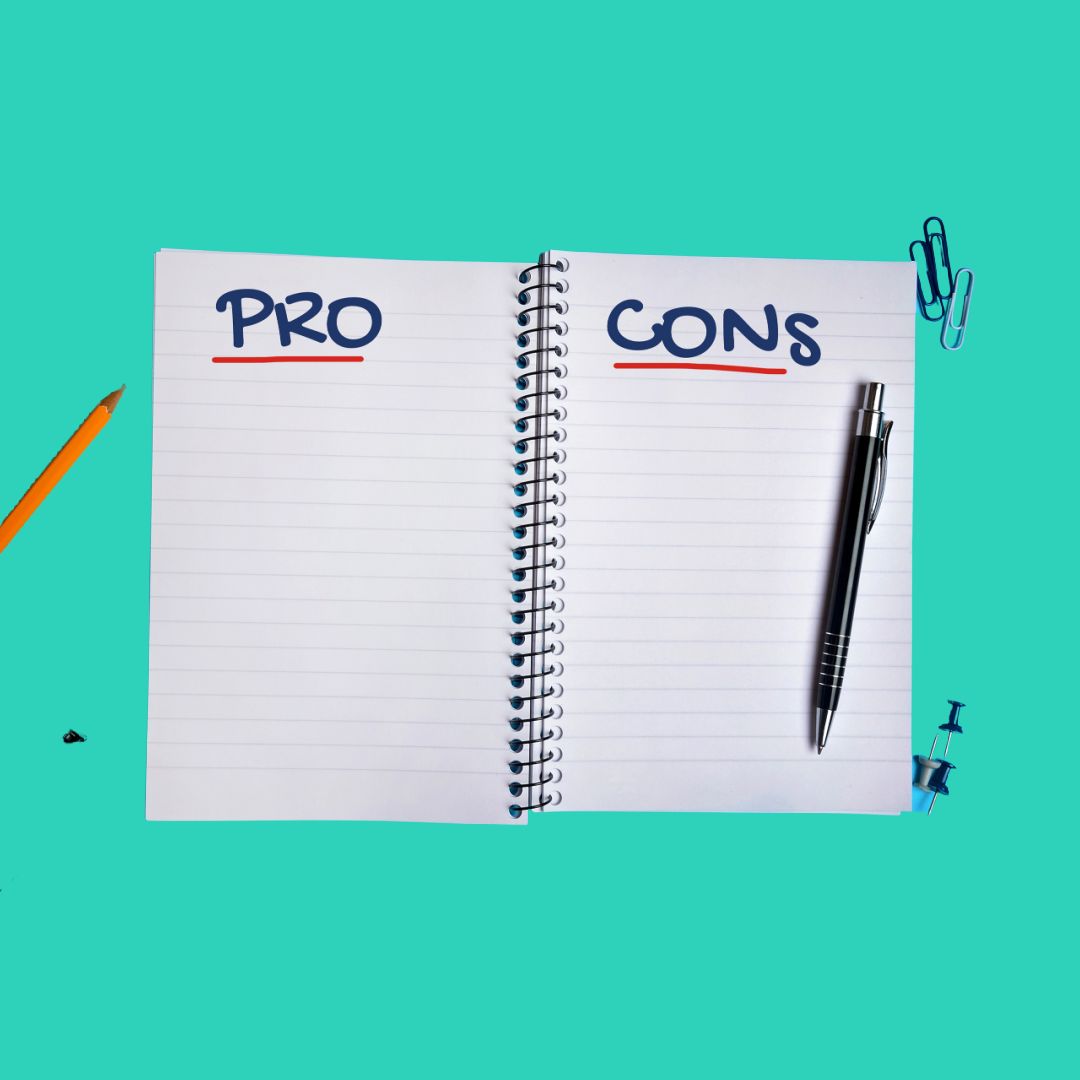When you want to take your life in one direction and it seems to be going in another, you have a choice. Let life control you or develop the tools you need to take control of it. The goal when you make a change is to make it rewarding and celebrate. You know that feeling when your favorite sports team wins, YES!

Case in point, dieting. We tend to rely on motivation and sacrifice all in the name of dieting. There seems to be little joy in deprivation. Let’s change that!
Where are you in your journey?
Before embarking on your change journey, it’s helpful to understand where you are right now in the stage of change. Without really understanding how change happens, you may be left feeling frustrated, dejected, and just give up.
Let’s understand change better so we can recreate the narrative in your head.
The Prochaska and DiClemente Model of Change Behavior

I have used this model for a very long time. As you may or may not know, I was the clinical architect of a disease management company in the early 90s. We worked with people who had congestive heart failure, diabetes, and COPD. We were looking for tools to help us with our patients and we came upon the work of James Prochaska and Carlo DiClemente were working on a smoking cessation study in 1993 and identified and developed their Stages of Change. This model was exactly what we needed to help our patients change and improve their health.
The stages of change model are often used for problematic behaviors, such as eating or smoking. However, it can be used to help someone understand their starting point and build the skills to become successful and enjoy making the change they are looking for. That is how we used it.
The Carrot is Always Stronger Than The Stick
My Motto
Exploring The Six Stages of Change
There are five official stages associated with the movement toward change. These stages are pre-contemplation, contemplation, preparation, action, and maintenance. An unofficial 6th stage, and is one of the most important. This is because slips or relapses may occur.
1. Pre-Contemplation
In the pre-contemplation stage, change is not even under consideration and there can actually be a denial that there is a need to change. You may not think you need to change your diet or, begin an exercise program or stop smoking.
It may be that you have seen your healthcare provider and they say your blood sugar is too high and you need to improve your diet and start exercising. It could be that you are having surgery and you have been advised to quit smoking. It could even mean that you are just too tired to get out of the chair and enjoy things that you previously did, and just relate it to getting old.
2. Contemplation
This is the stage where you begin to seriously consider and acknowledge that you want to change. This is an uneasy time and you may not feel or have the confidence that you can take a step forward. Feelings of uncertainty or ambivalence about changing are part of this stage, but it’s OK.

Understanding the barriers to change can be very helpful. It might even be helpful to take pen to paper and weigh the pros and cons that this change could bring. Maybe having the stamina to play with your grandchildren or even seeing your grandchildren grow up. Feeling better, what would that be like. This is the time to seriously consider how your life could change, for the good.
3. Preparation
This is where small steps forward are key, think TINY. It might mean putting on your sneakers if you want to start walking. It could mean finding smaller dishes to serve your meals on. It could also mean preparing vegetables once a week to use for dipping instead of reaching for the chips. Saying out loud that you want to change and preparing a plan of action are all part of this stage.
Say it Loud, Write it Down
My suggestion
I love using the techniques of Tiny Habits developed by BJ Fogg, Ph.D. during this stage. You can develop small, achievable habits to point you in the direction of the larger change.
I have worked with people who want to exercise, but just can’t for various reasons. This is where my 5 minutes to better balance and strength sheet works for some (see below in the references if you want a free copy). Standing on one leg while brushing your teeth at night or doing a kitchen counter pushup while waiting for the microwave are just a few examples of preparation. Even getting up from your chair every hour and walking around the room. You might not be ready for a marathon, but at least you have your sneakers on. Get the idea?
4. Action
Signing up for a fitness class or hiring a trainer may be part of the action stage. Only using small plates for dinner is another idea of taking action. This is where you develop a clear plan and begin implementing it. These actions will point you in the right direction to accomplishing your bigger goal. It could be to lose 10 pounds, exercise 3 times per week, or even get out of the chair for 10 minutes every hour. Making achievable goals, even if they are small in the beginning will give you a reason to cheer.
5. Maintenance
The maintenance stage can be considered successful if you have done the activity for at least six months. You are better prepared for potential slips and can adjust accordingly without falling completely off the cliff. A great example is dieting. You have been so good about eating fruits and veggies, but then you go out with friends and family for dinner and have a big splurge (think holidays coming up quickly). That is the time when you say to yourself – yes, that meal was a bit more than I should have done, but the next meal I am back on track. In the spirit of Barry Sears, of the Zone Diet, the motto is “you are only 1 meal away from being back in the zone (or back on your diet)”.
It is key that you develop a plan to not let yourself get sabotaged. BJ Fogg, Ph.D., author of Tiny Habits stated that when he was trying to improve his diet, he would prepare himself mentally to ask the server to NOT place bread on his plate. That way motivation and self-control were not in play. That nice warm sourdough roll on the plate is too irresistible, so have a plan. It’s also important to recognize that a potential slip or relapse is not a catastrophic failure, it’s just a course correction.
6. Relapse
The unofficial 6th stage of change is relapse. Although completion is always the goal, relapses can’t be ignored when making long-term changes. People that have stopped smoking or have lost significant amounts of weight struggle with relapse. The triggers that made the old behavior “easy” may crop up again. Stress at the holidays, difficulties with family or friends, etc., can set you back into your old habits leaving you feeling frustrated or having a sense of failure.

It’s OK, take a deep breath! You may have to restart where you were or regress to an earlier stage, just don’t throw out the baby with the bathwater. You can learn from that slip and develop a plan or strategy to avoid the setback in the future.
The key to success in the relapse stage is the commitment to your goal. Take it as a learning opportunity to develop strategies that can help with any new habit or goal you want to embark on.
These stages are often fluid and can regress while in action, requiring a reset.
Did you know that most adults are sedentary and approximately 50% of adults joining an exercise program will drop out within 3-6 months? It can be even shorter in the new year when everyone rushes out to get a gym membership and begin their new year’s resolutions. Sometimes jumping in too hard and deep can lead to a high dropout rate as well. When the intention to change is strong and a strategy has been put in place, the success rate can be higher.
I like to think of it this way. The intention to become physically active is also the cessation of a sedentary lifestyle. It’s all in how you frame it.
What are your intentions? Let me know in the comments. If I can help you develop your strategy, I’m happy to help.
References
Tiny Habit: Small Changes that Change Everything, BJ Fogg PhD. (paid link as an Amazon Associate)
FREE DOWNLOAD: Better Balance and Strength in less than 5 minutes a day.
The Transtheoretical Model of Health Behavior Change https://pubmed.ncbi.nlm.nih.gov/10170434/
The Transtheoretical Model: Applications to Exercise Behavior. Marcus & Simkin, Medicine and Science in Sports and Exercise, 1994, pp. 1400-1403

Nicely done Sandi!!!! Change is difficult but definitely something we can all do if we set our minds and expectations properly. One day at a time! Here’s to the learnings from Lifemasters.
Thanks LuAnn. Yes, change is tough and we need more than just motivation to make it happen. More on ideas later or go to my classes tab and scroll down to the end to see how one person, Pam was able to make a change in her routine and start painting again.